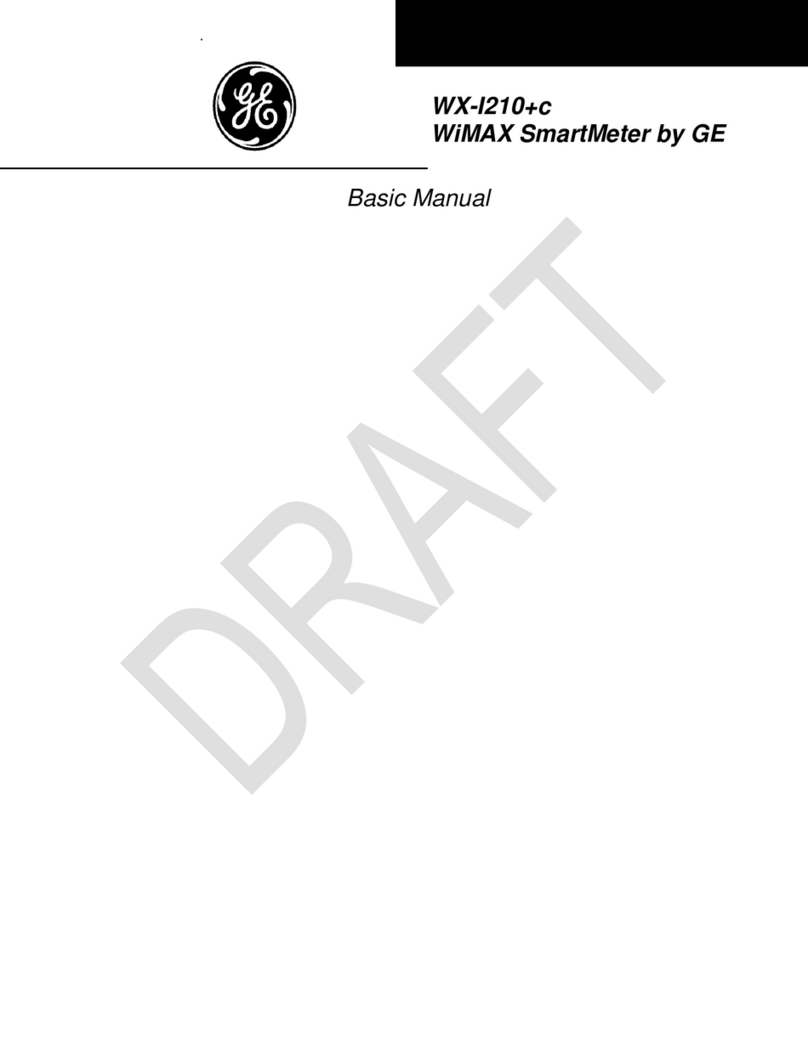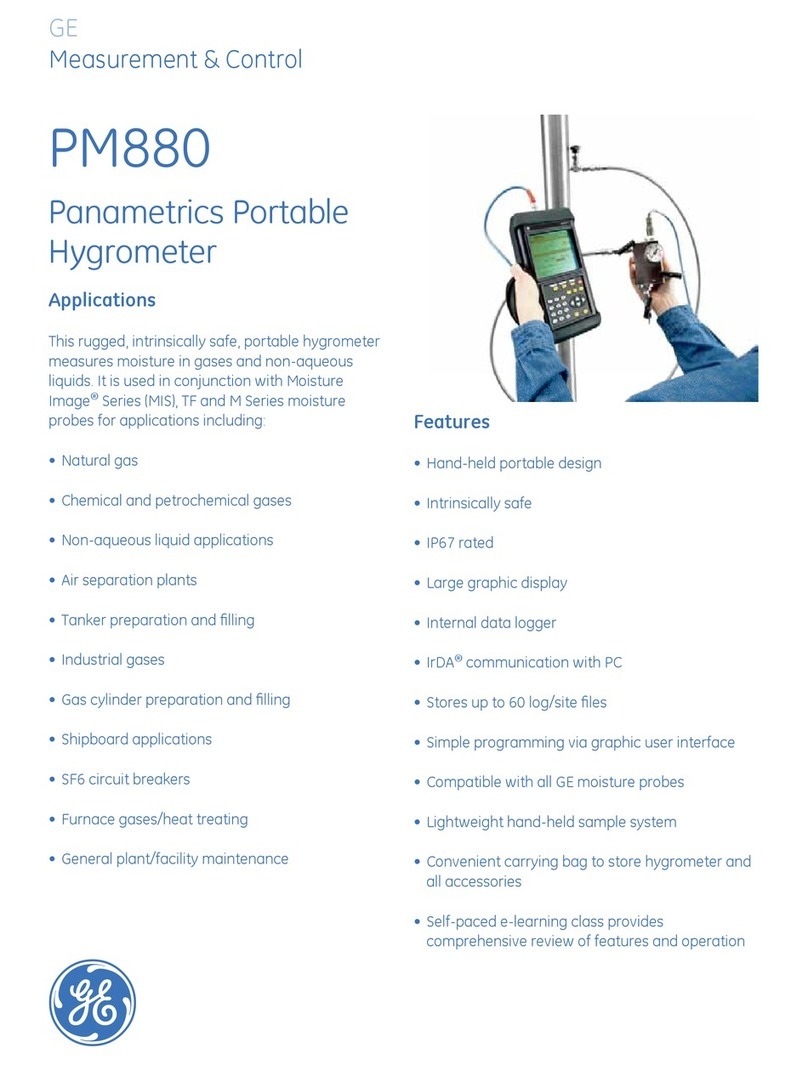GE PM880 How to use
Other GE Measuring Instrument manuals

GE
GE Druck DPI 705 User manual

GE
GE XDP-H2 User manual
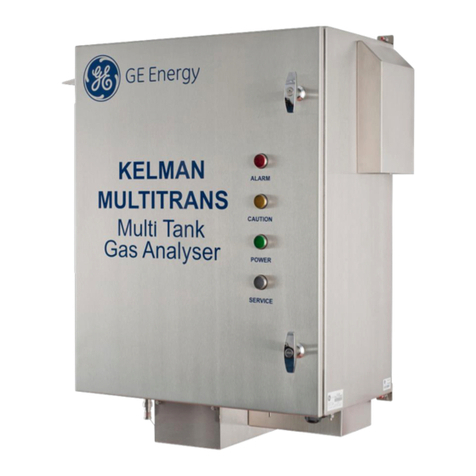
GE
GE Kelman MULTITRANS User manual
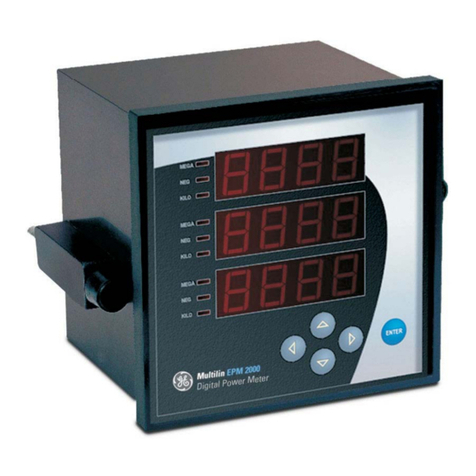
GE
GE Multilin EPM 2000 Series User manual

GE
GE TransPort PT900 User manual
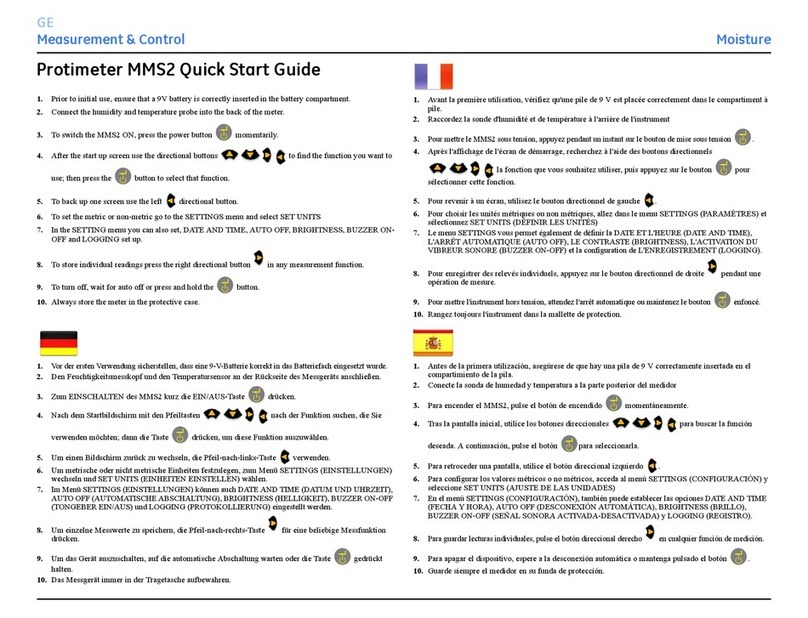
GE
GE Protimeter MMS2 User manual
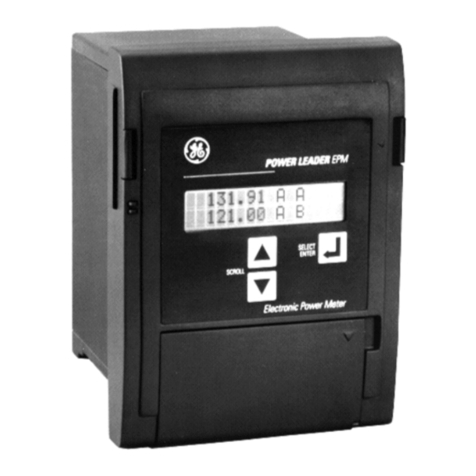
GE
GE EPM 5100 User manual
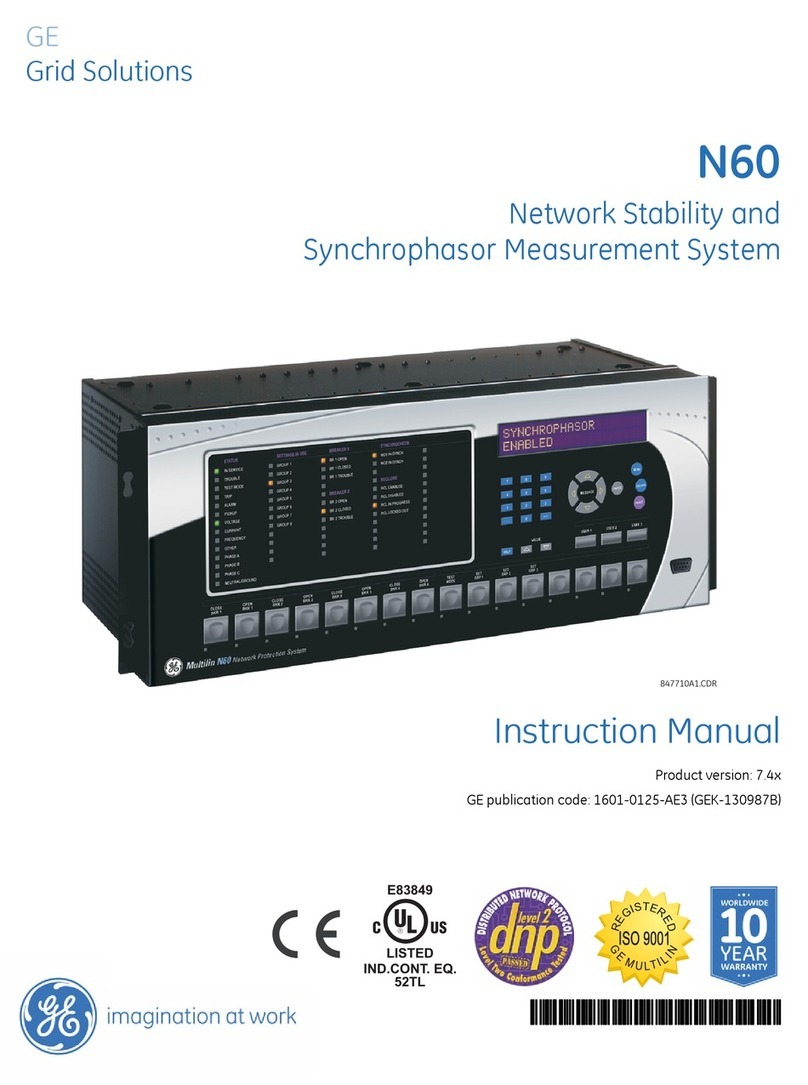
GE
GE N60 User manual
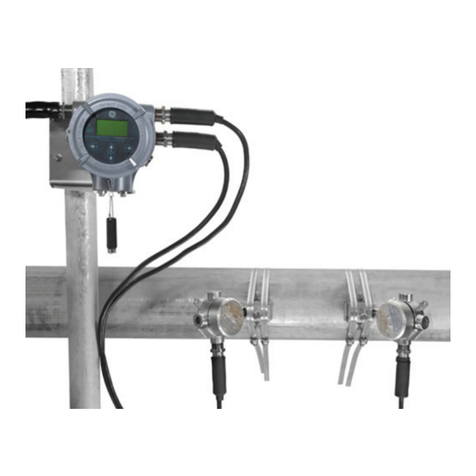
GE
GE Baker Hughes PanaFlow LC XMT1000 User manual
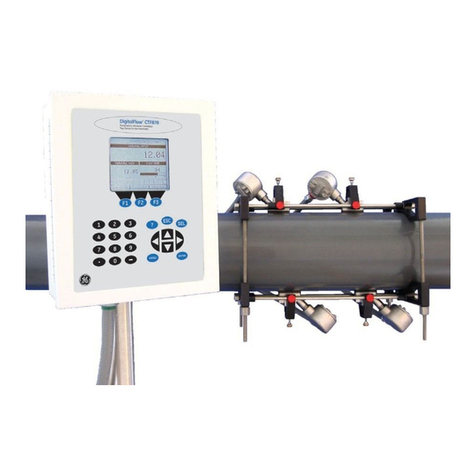
GE
GE CTF878 Troubleshooting guide
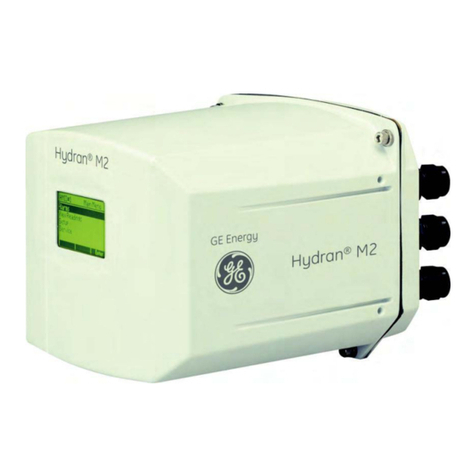
GE
GE hydran m2 User manual
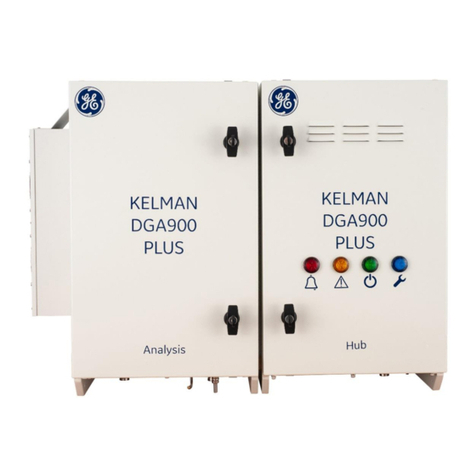
GE
GE Kelman DGA 900 Plus Guide
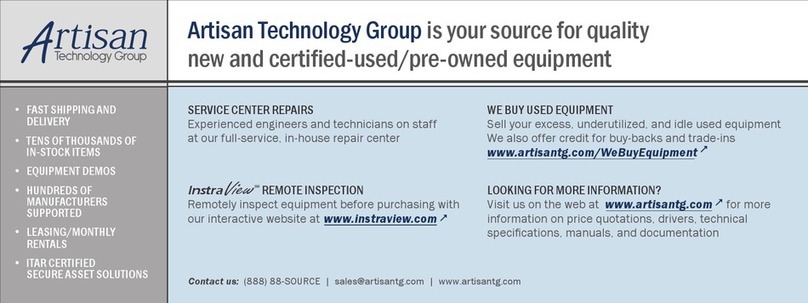
GE
GE Moisture Image 1 Series Owner's manual
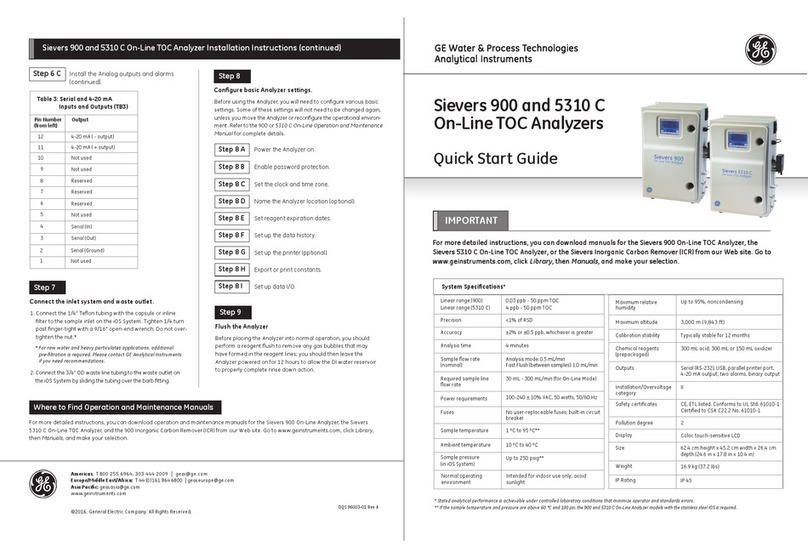
GE
GE Sievers 900 User manual
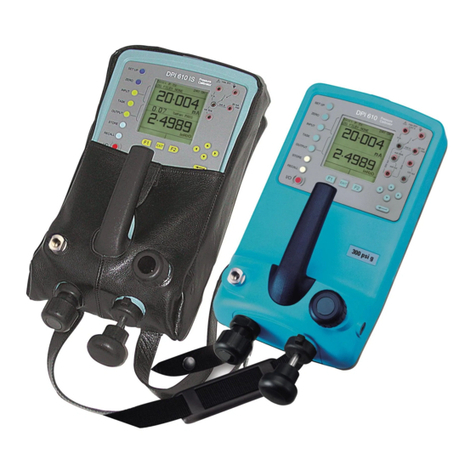
GE
GE DPI 610 IS User manual
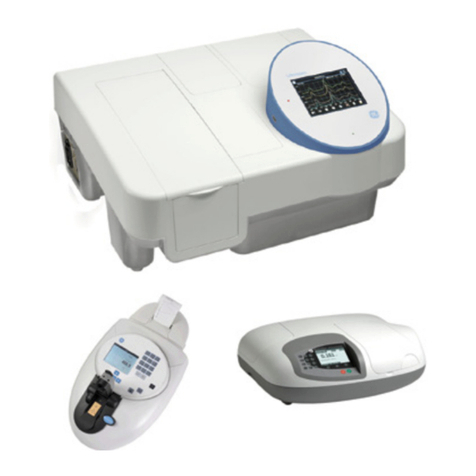
GE
GE SimpliNano User manual
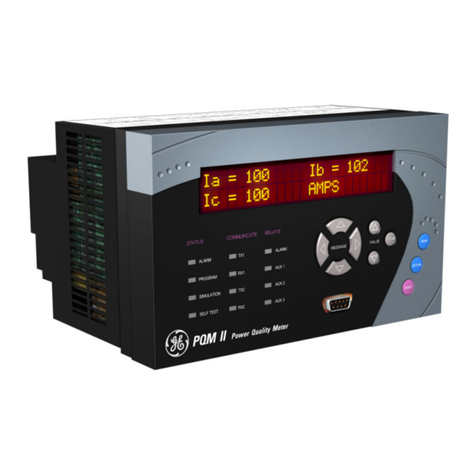
GE
GE PQMII User manual
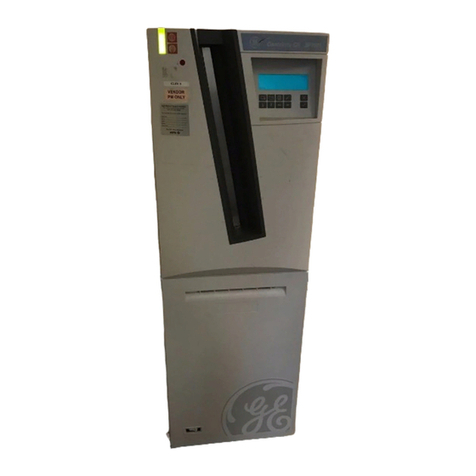
GE
GE Centricity SP1001 User manual

GE
GE RHM 30 User manual
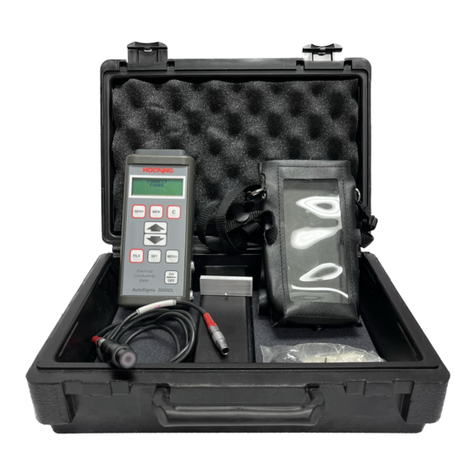
GE
GE AutoSigma 3000 DL Use and care manual
Popular Measuring Instrument manuals by other brands

Powerfix Profi
Powerfix Profi 278296 Operation and safety notes

Test Equipment Depot
Test Equipment Depot GVT-427B user manual

Fieldpiece
Fieldpiece ACH Operator's manual

FLYSURFER
FLYSURFER VIRON3 user manual

GMW
GMW TG uni 1 operating manual

Downeaster
Downeaster Wind & Weather Medallion Series instruction manual

Hanna Instruments
Hanna Instruments HI96725C instruction manual

Nokeval
Nokeval KMR260 quick guide

HOKUYO AUTOMATIC
HOKUYO AUTOMATIC UBG-05LN instruction manual

Fluke
Fluke 96000 Series Operator's manual

Test Products International
Test Products International SP565 user manual

General Sleep
General Sleep Zmachine Insight+ DT-200 Service manual
